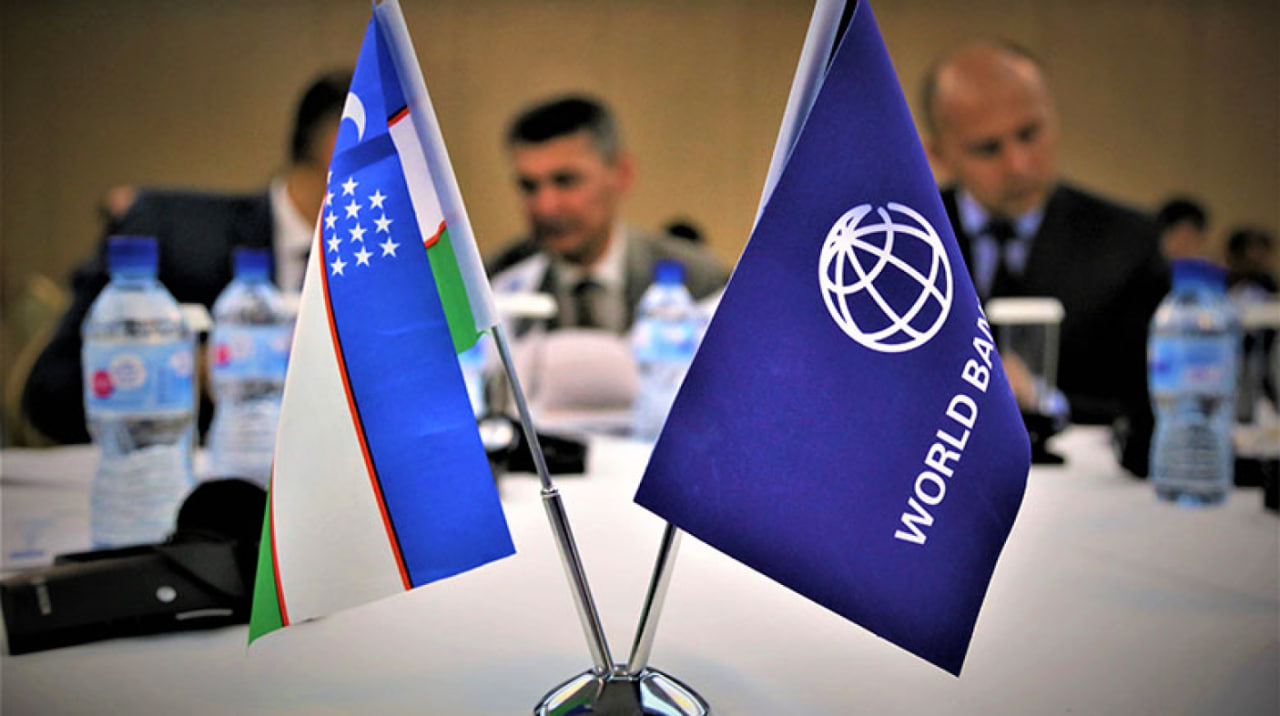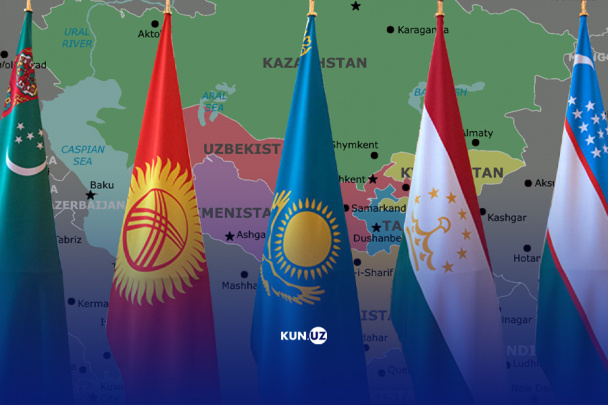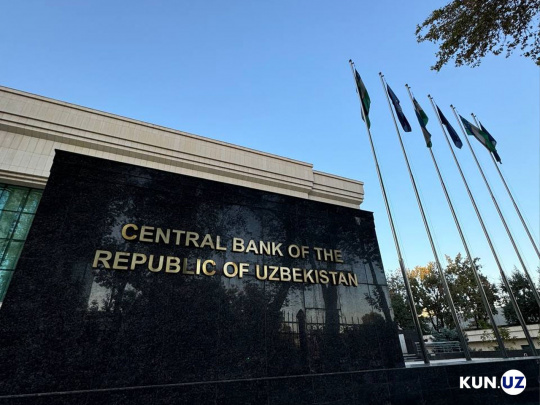Uzbekistan ranks among top 3 fastest-growing economies in Europe and Central Asia for 2024 — World Bank
Uzbekistan has secured the third spot among the fastest-growing economies in Europe and Central Asia for 2024, according to a recent report by the World Bank. The country's GDP growth this year places it in the top three among more than 20 emerging markets and developing economies in the region.

Leading the region in GDP growth are Georgia with 7.5% and Tajikistan with 7.2%, followed by Uzbekistan with 6%, Kyrgyzstan at 5.8%, and Armenia at 5.5%.
The World Bank’s forecasts project Uzbekistan to climb to the top position for economic growth in the region in the coming years, with an expected GDP increase of 5.8% in 2025 and 5.9% in 2026.
The report highlights that despite a series of crises in developing countries across Europe and Central Asia, the region is now witnessing a stabilization of economic growth. However, this growth is occurring at a much lower rate compared to the early 2000s. Regional economic expansion is expected to slow to 3.3% in 2024, down from 3.5% in 2023, with a further deceleration to 2.6% projected for 2025. This is well below the 5.1% average annual growth rate observed between 2000 and 2009.
Countries in the region have effectively managed recent economic shocks caused by high inflation, the fallout from Russia’s invasion of Ukraine, and the sluggish recovery of economic activity in the European Union, a key export market for many countries in the region.
Currently, private consumption, fueled by wage growth, government payments to the population, and slowing inflation, serves as the main driver of economic growth in the region’s developing countries.
Remittances have also surpassed pre-pandemic levels, contributing significantly to the economic growth in the Western Balkans, the South Caucasus, and Central Asia.
Related News

19:32 / 12.03.2025
34 years of independence: The economic transformation of Central Asia

19:24 / 11.03.2025
Central Bank purchases $100 million in US bonds in February

20:51 / 07.03.2025
Without remittances, Uzbekistan’s poverty rate could nearly double – World Bank

19:42 / 07.03.2025



